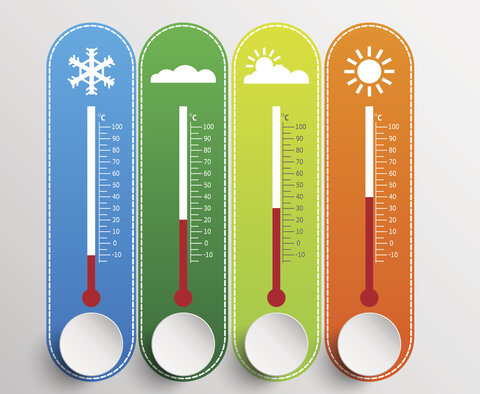What regulates tsetse populations naturally?
What regulates tsetse populations naturally?

Both environmental and biological factors affect tsetse populations.
Environmental factors:
Most tsetse populations show regular fluctuations which are correlated with seasonal changes in temperature and relative humidity. During the hot season in Zimbabwe for instance, when temperatures regularly approach 40°C, tsetse numbers decline by ~90%. This is thought to be due to temperature-related increases in reproductive abnormalities and adult mortality. However, the adult mortality is probably not a direct consequence of high temperatures. It seems more likely that a temperature-related decrease in the pupal period causes adults to feed more frequently and/or produce smaller pupae. Both these processes increase adult mortality.
Biological factors:
Population growth in tsetse is affected by the availability of food. If, for instance, the numbers of wild hosts decline due to hunting, then the tsetse population would decrease. And if the same area was then stocked with large numbers of cattle then the tsetse populations would increase. There is good evidence that high densities of tsetse cause hosts to react more frequently to biting flies by rippling their skin and swishing their tails. These reactions can kill tsetse directly and also makes it harder for them to gain sufficient blood. Consequently, host responses may play a part in the density-dependent regulation of tsetse.
Parasites and predators of tsetse pupae may also play a role in the natural regulation of tsetse populations, with higher rates of parasitism and predation occurring at higher densities of tsetse.